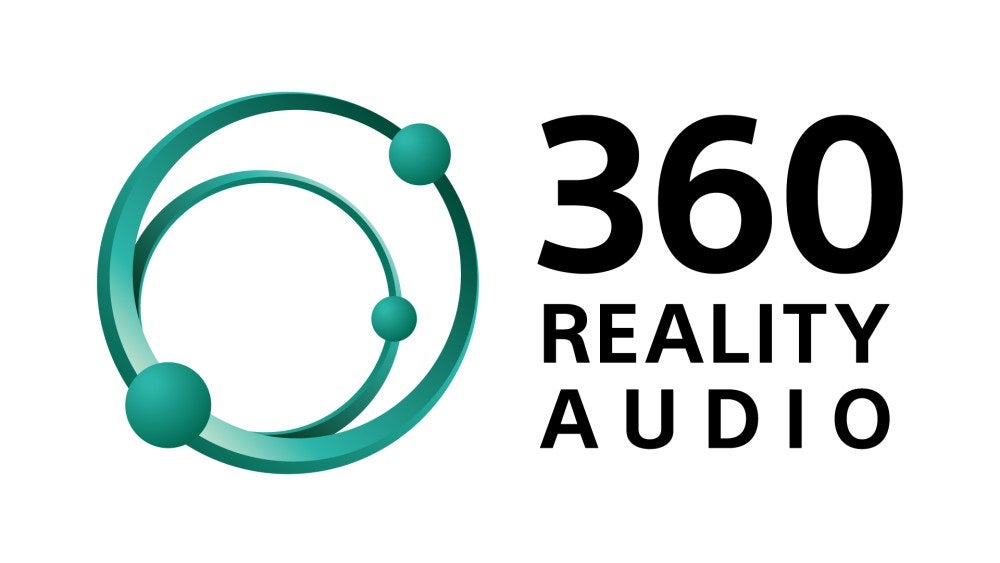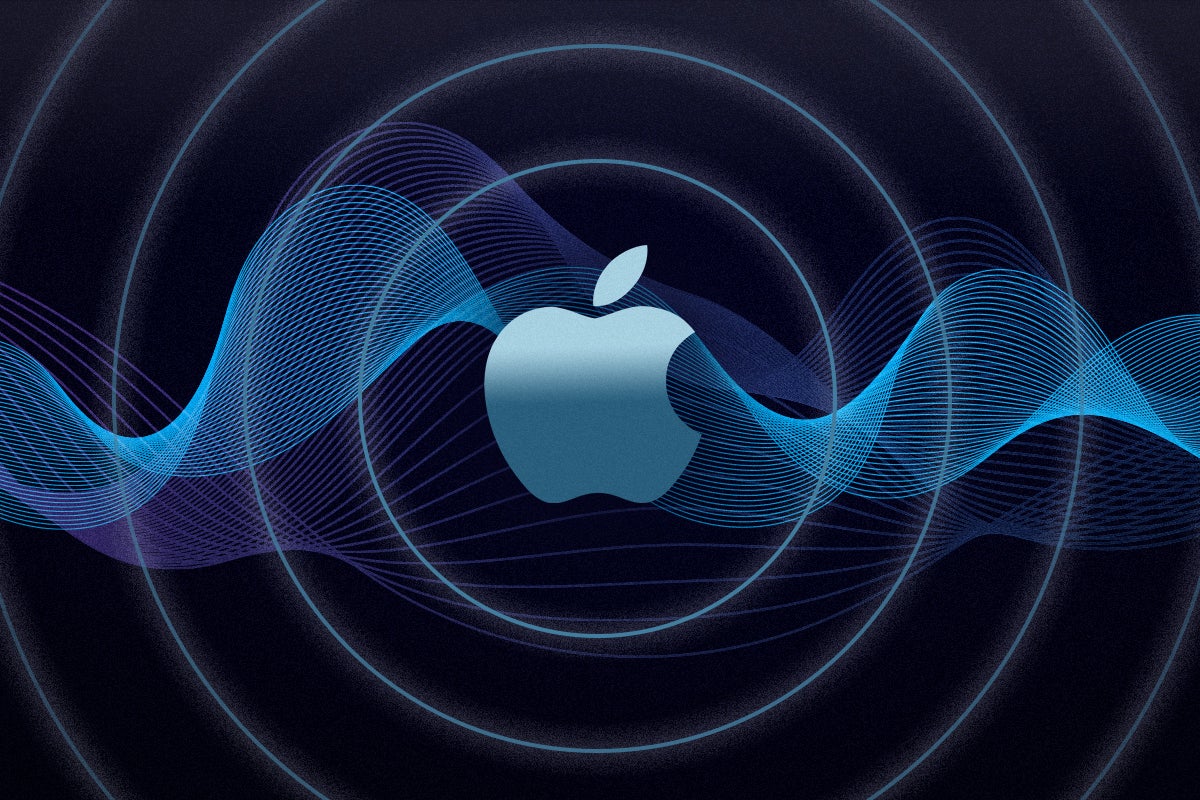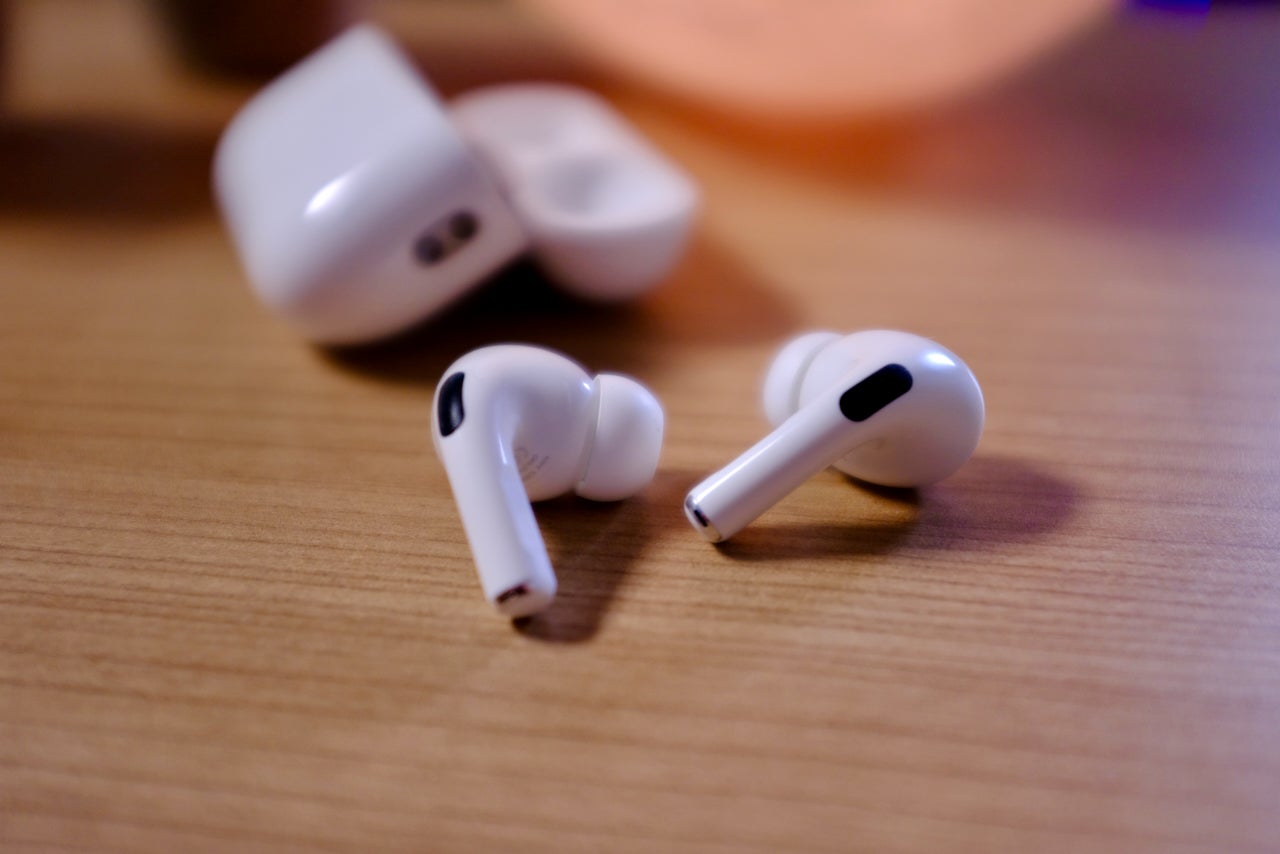What is a DAC? All you need to know about digital-to-analogue converters
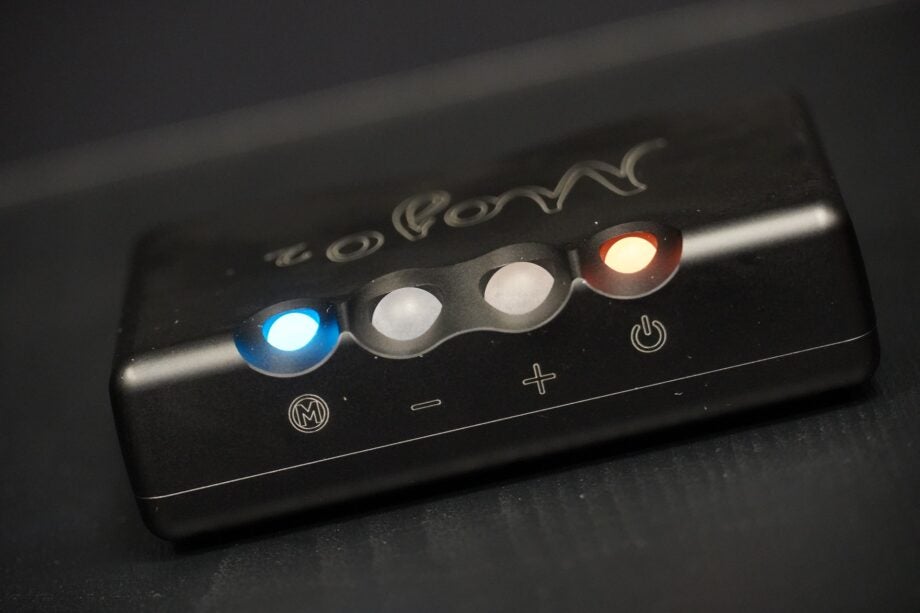
If you listen to music a lot, chances its digital music you listen to the most. What you might not realise is that to do so, you’re using a DAC. Digital-to-analogue converters are built into every bit of kit capable of digital sound.
A DAC is in your phone or laptop, but also your TV or games console. And even though CDs might seem like old hat to some younger readers, they’re a form of digital music too.
But what exactly are DACs, and why do they matter? Read on to understand why they hold such importance with audio.
What is a DAC?
Before we get into exactly what a DAC is and does, a quick re-cap. Human ears aren’t capable of hearing the 0s and 1s that make up digital music; we can only hear analogue signals.
Not just that, but the kit through which we hear music – whatever that may be – can’t play a digital signal either; it can only receive it. So in order to transmit it, that signal must be converted into an analogue soundwave first, and that is where a DAC comes in.
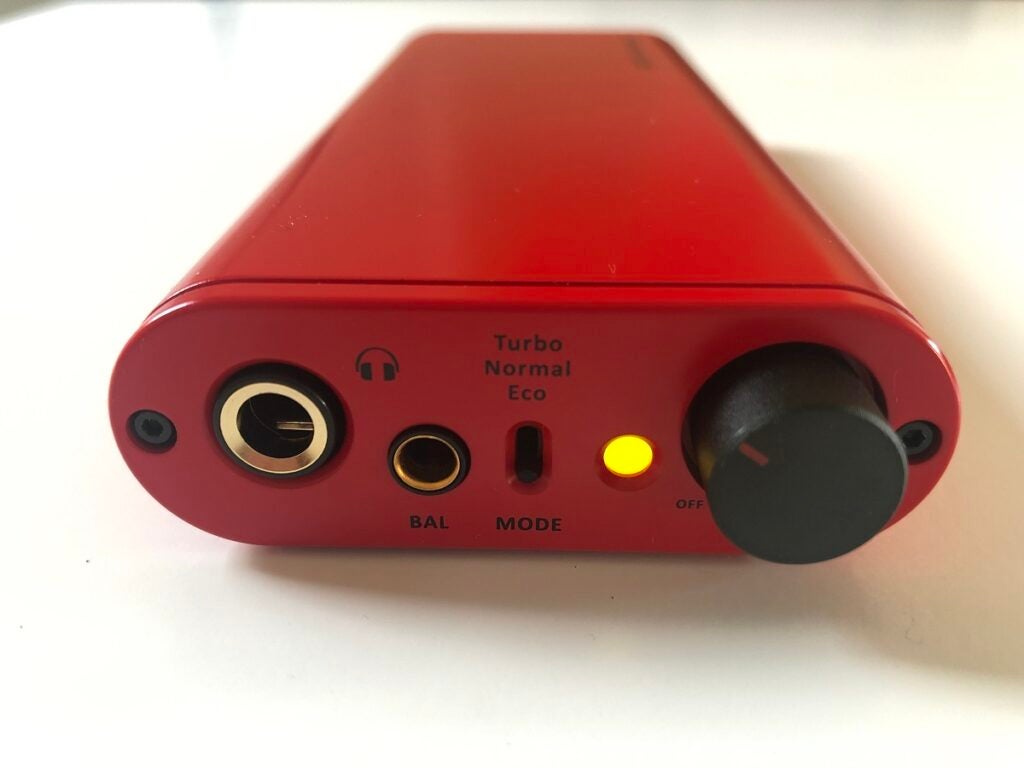
A DAC is the middleman within the whole process, unpacking the binary information stored in the digital file, so the resulting sound most accurately represents the original analogue recording.
Of course, digital files come in varying levels of quality – from 256kbps MP3 streams to 24-bit/192kHz FLAC digital downloads – and this affects the amount of information they contain.
A DAC can only work with what it’s given, and the better the DAC, the better job it can do – and that’s with all file types. Just be aware that feeding a good-quality DAC a poor-quality signal can make the shortcomings in that recording clearer.
Do I need an external DAC?
Not all DACs aren’t created equal. Although every source of digital music contains a DAC, how well it does its job can vary widely.
For example, cheaper DACs might not support more unusual file data rates and are more likely to have lesser quality circuitry that results in timing errors, distortion and noise in the sound that’s reproduced.
Timing errors are one of the biggest issues with lesser quality DACs, which is the reason devices such as mobile phones and laptops often aren’t the best source for digital music. The DAC included is not always a priority, especially in cheaper handsets.
Thankfully, you can improve what you already have, and bypass a poor-quality internal DAC with a better quality external one.
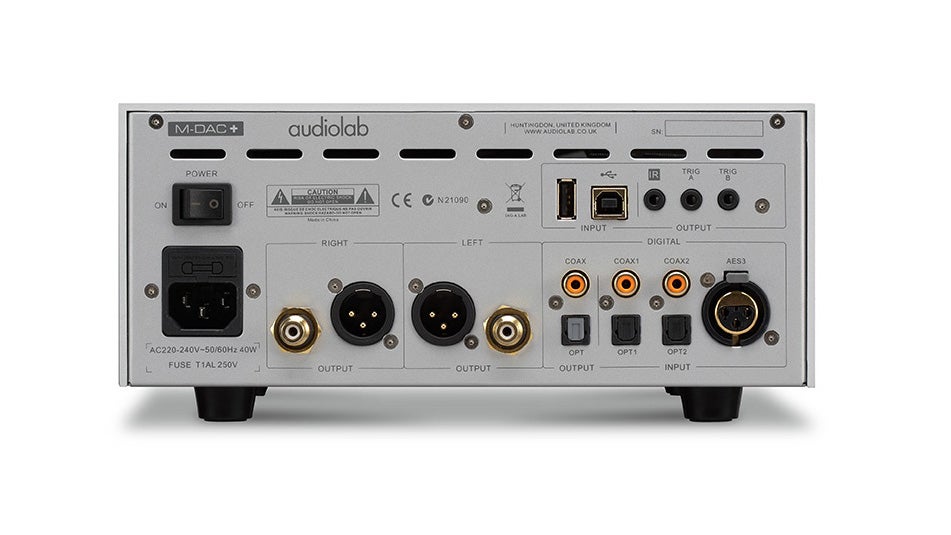
External DACs are more likely to have better internal circuitry to keep things sounding as they should.
In particular, they can tackle timing issues thanks to better, more advanced digital clock circuitry. This means the file conversion to analogue will be tighter, cleaner and closer to the original recording.
Device compatibility is an area to take note of as well, especially as mobile devices have ditched the 3.5mm jack that were common when we first wrote this article.
External DACs can come with a USB-C on-the-go cable, helpful for connecting to Android devices or iOS devices with that type of connection. Apple devices with a Lightning connection will need the Lightning Camera adaptor to connect, and for for added convenience there are some DACs that can connect wirelessly to devices.
Which DAC should I buy?
While any external DAC is likely to offer improvement on the sound pushed through something more basic, this isn’t a given – and its effectiveness will vary. As ever, it’s worth doing your research before you buy.
The fact is, you can spend thousands on a DAC if you’re rocking a system worthy of that kind of cash – Chord’s top-of-the-range DAVE comes in at £8000.
Equally, an investment of £89 in the USB-styled EarMen Eagle could be all you need to make the difference to your audio setup.
This is the reason it’s important to think about how you most listen to digital music. What devices do you use and what functionality do you need?
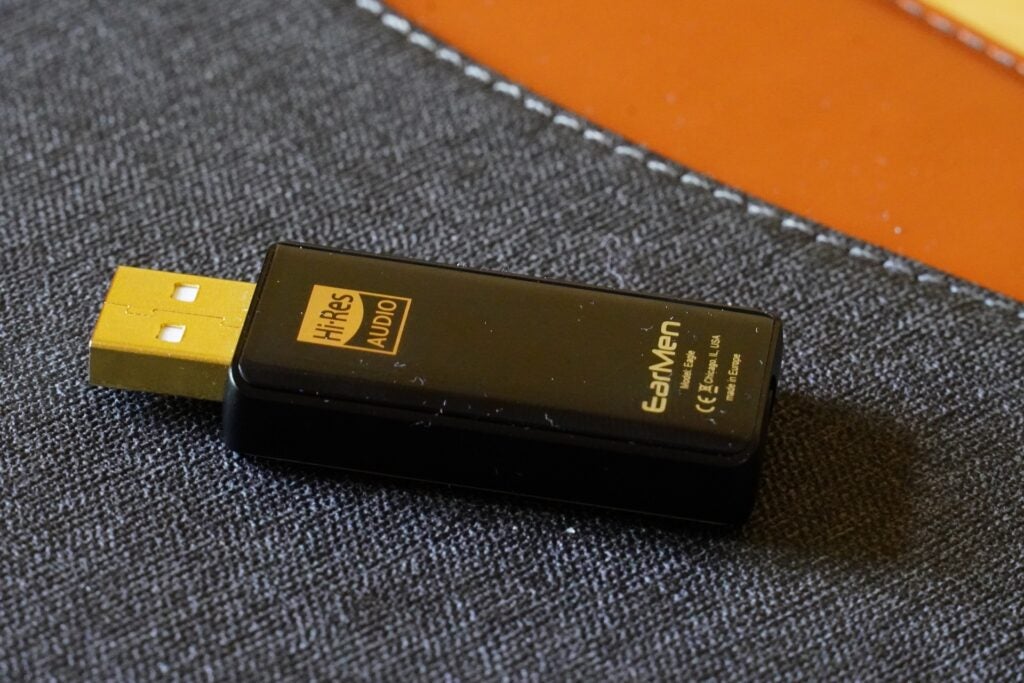
Portable DACs such as the Eagle, or the Cyrus soundKey (£90), don’t require any external power – they take it from your device). They keep things simple, with just a USB input and headphone jack for playback.
Spend a bit more on something like the Chord Mojo 2, and you’ll keep the portability but add in coaxial and optical inputs for extra functionality.
A unit such as the Audiolab M-DAC+ (£700), on the other hand, is much bigger and requires external power. That makes it one for your hi-fi rack rather than your backpack. It does offer more connectivity options for those with more involved setups.
Just make sure these types of DACs come with a built-in headphone amp if you intend to do some private listening as well as through a pair of connected speakers – not all of them do.
If you enjoy listening to music in the best quality possible, then you’ll be well served by adding a DAC to whatever system you have. Do some research, read reviews, and you’ll be on your way to audio nirvana.
Jargon buster
Hi-Res Audio
Hi-Res audio is referred to as a standard as well as a marketing term that describes digital audio files of better-than-CD quality (16-bit/44.1kHz).



